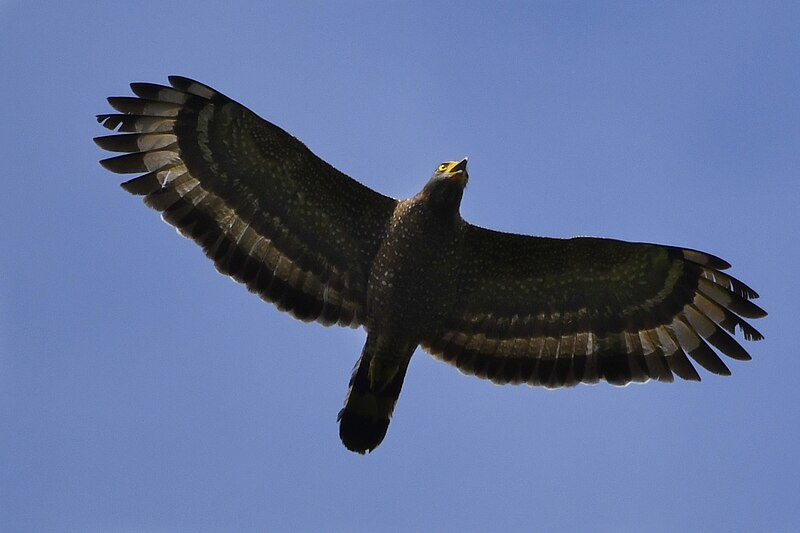There are many giant creatures found in world mythology, including the Norse Jörmungandr and the Greek Typhon. In this article, we will explore five of the largest creatures from the Philippine mythology. From a towering giant so huge that it can block out the sun, to a bird so immense that it lives in outer space—here are five giants of the Philippines.
Top 5 Largest Mythical Creatures From the Philippines
5. Gawigawen
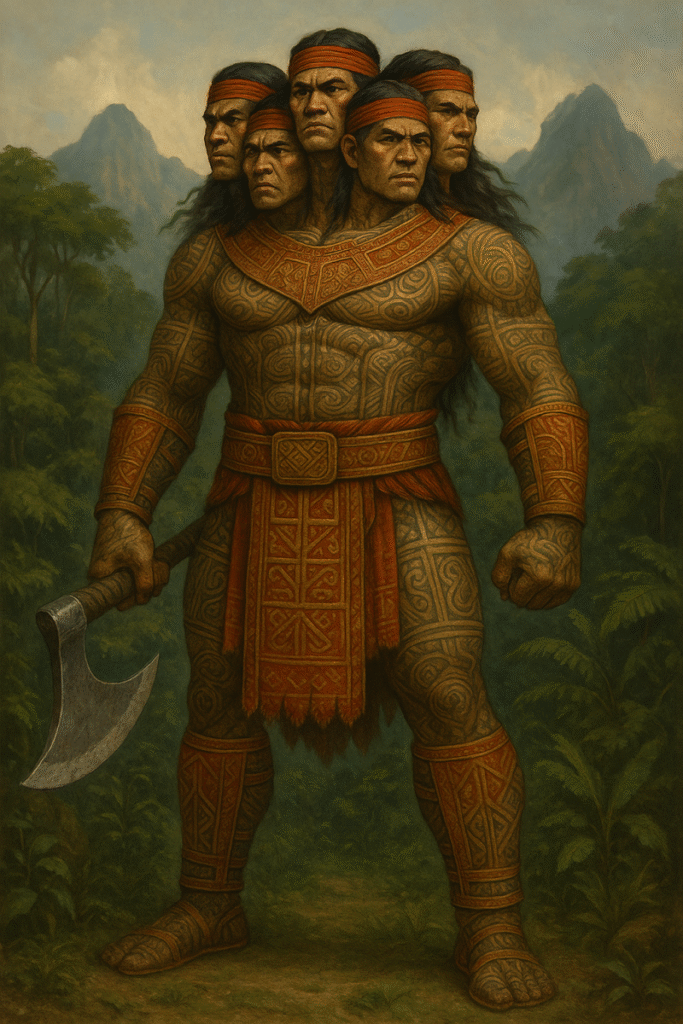
Gawigawen is a colossal humanoid, renowned for possessing multiple heads. Though even it has many heads, it has only one brain that controls the entire body and all of the heads. Each head shares the same personality and cannot speak independently.
The heads serve only to sharpen its senses: multiple ears enhance its hearing and allow it to detect sounds from great distances, many noses can detect the faintest scent, numerous eyes give it eagle-like vision, and with many mouths, its voice can be thunderously loud.
As a fearsome warrior, Gawigawen is often armed with a massive spear or axe together with a shield. Gawigawen is so enormous that the blade of its axe alone is said to cover half the sky when raised.
4. Dapu
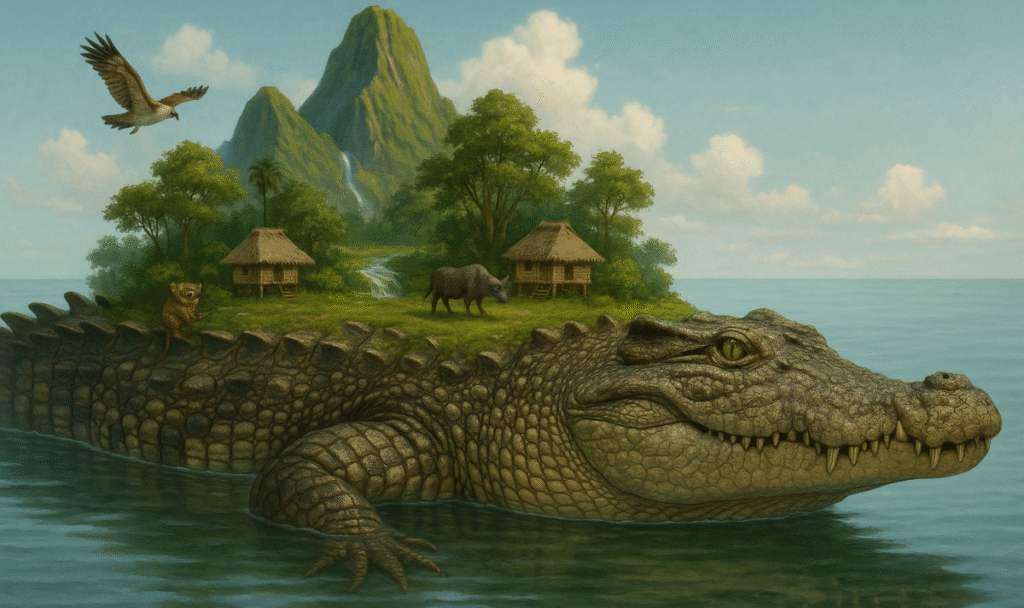
Dapu is a deity that takes the form of a gigantic crocodile. According to the stories, Dapu is actually the world itself, and the land we stand on is its back. The soil we cultivate, the mountains we see, and the lakes we swim in are all parts of its colossal body. Humans and all other living organisms, meanwhile, are depicted as tiny microorganisms dwelling upon it.
3. Apung Galura
In Philippine folklore, Apung Galura is a colossal eagle. It served as the assistant of the sun god, Apung Sinukuan, the judge of all souls in the afterlife. Ancient Filipinos believed that it held up the sky with its talons. When it flapped its wings, it caused winds and typhoons.
2. Bakunawa
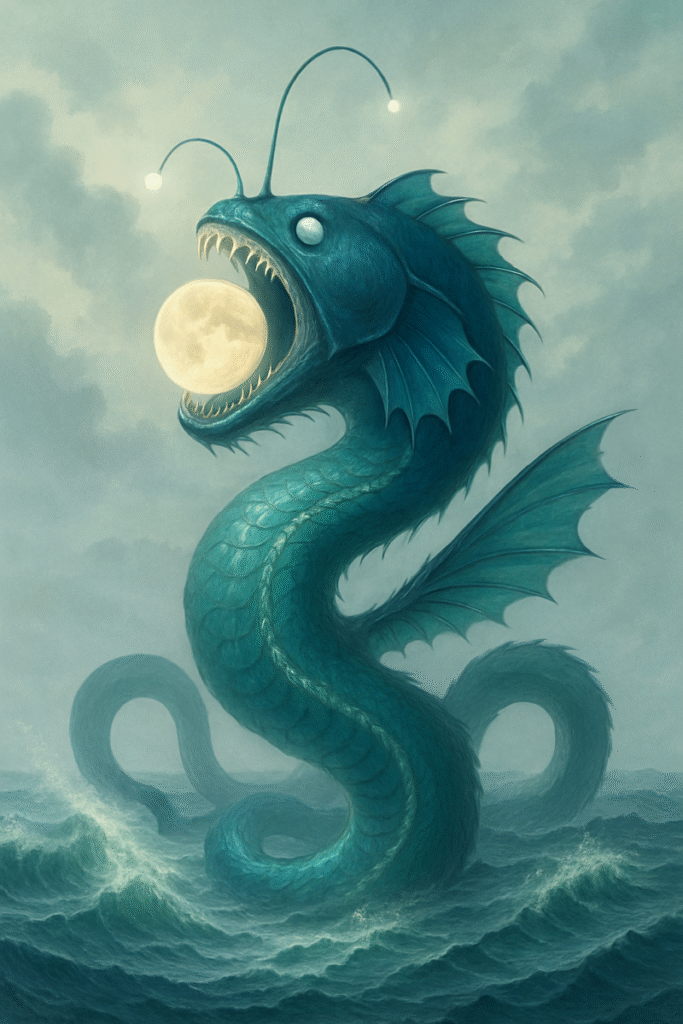
Bakunawa is a huge, serpent-like dragon often described as having the head, gills, and fins of a fish, the body of a snake, and sometimes depicted with wings. Legends about Bakunawa vary across regions of the Philippines, but it is always linked to lunar eclipses. According to different folklores, during a lunar eclipse, Bakunawa tries to swallow the moon. The shadow cast by the Earth on the moon during an eclipse was believed to be the shadow of the beast attempting to devour it. When this phenomenon happened, people would bang pots, beat drums, and play instruments loudly, creating a raucous noise to scare the monster away.
In the Visayan region, it was once believed that there were originally seven moons in the sky, each lighting the Earth on a different night of the week. The reason there is only one moon today is that Bakunawa had successfully swallowed the other six.
In the Bicol version, Bakunawa was once a beautiful goddess who fell in love with the god of the moon, Bulan. She did everything to be loved in return, but Bulan rejected her. This angered the goddess, so she sought revenge by transforming herself into a massive, powerful Bakunawa so she could engulf the moon, the abode of Bulan and his sister, Haliya, the goddess of moonlight.
Seeing this, the two deities defended the moon from the beast. The supreme deity witnessed the destruction caused by the battle and, in anger, cursed Bakunawa to remain a monster forever.
The punishment, however, did not end Bakunawa’s desire to destroy the moon. She still pursues it to this day. Sometimes, Bulan and Haliya hide or cover the moon to avoid being found by Bakunawa—an explanation for the phases of the moon.
1. Minakowa
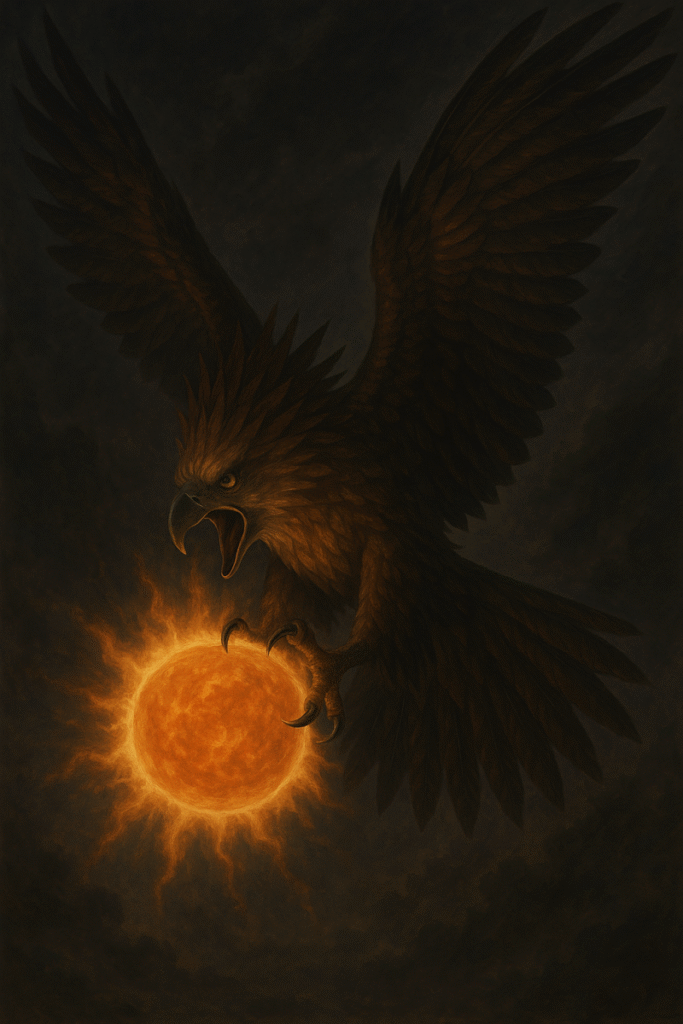
Minakowa is a giant bird from Bagobo mythology. Unlike ordinary birds, it has a beak and talons made of steel, and every feather is as sharp as a sword. Legends say that it is so gigantic that it lives in outer space, residing in a vast celestial cave called Calulundan. When it takes flight, the daytime becomes so dark that it ultimately turns into night.
Unlike Bakunawa, which can swallow the moon whole and cause lunar eclipses, Minakowa is known for devouring celestial bodies including planets and the largest stars, but it is most often linked to the sun. It can also cause both solar and lunar eclipses when it attempts to swallow the sun or the moon.
Sources of Information
- Esplanade – Theatres on the Bay. (2023, December 18). Bakunawa and the seven moons: A Filipino folklore about the lunar eclipse. Offstage. https://www.esplanade.com/offstage/arts/bakunawa-and-the-seven-moons
- The Aswang Project. (2016–2023). A free resource for Philippine mythology & folklore. https://www.aswangproject.com
- thefilipinowriterpen. (2014, March 9). Philippine mythology: A collection of tales and superstitions about magical creatures and entities. WordPress. https://patrickpaulalvarado24.wordpress.com/2014/03/09/philippine-mythology
- Mythlok (2021-2015). Philippine mythology – stories, gods, and legends. https://mythlok.com/world-mythologies/asian/south-east-asian-mythology/philippine/
- De Guzman, D. (2017, June 9). The role of birds and serpents in Philippine mythology. The Aswang Project. https://www.aswangproject.com/role-birds-serpents-philippine-mythology/
- Gaverza, K. (2025, April 17). Dapu. Philippine Spirits. https://phspirits.com/dapu/
